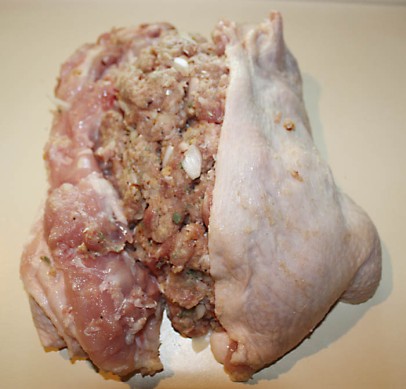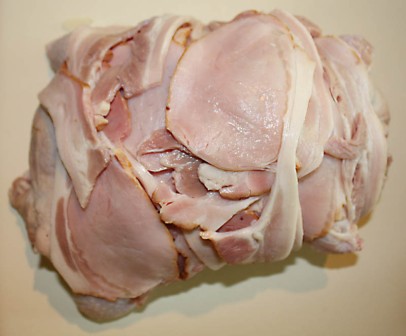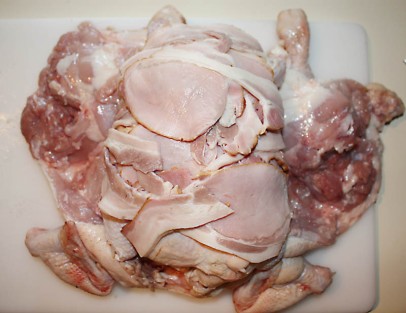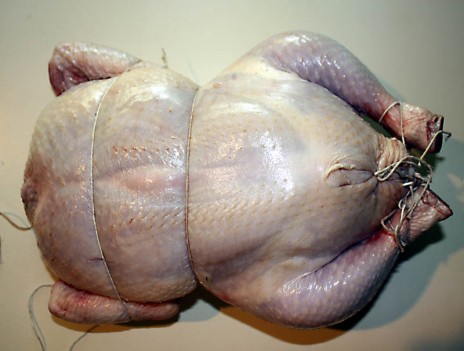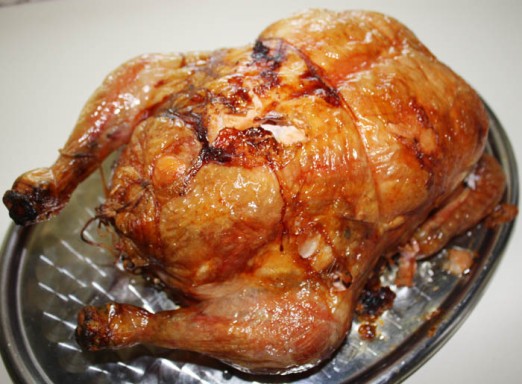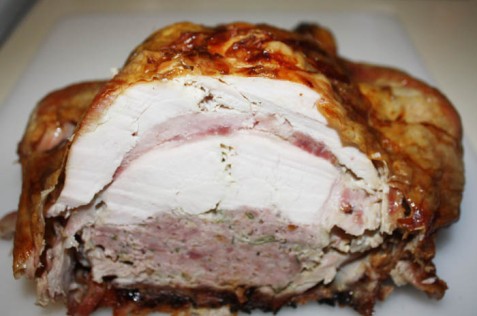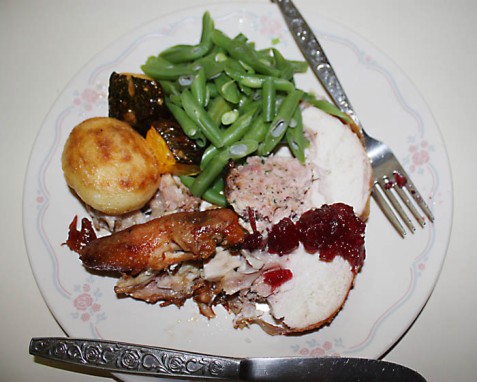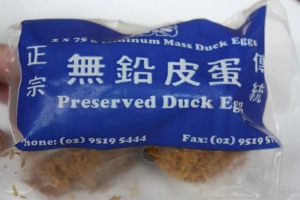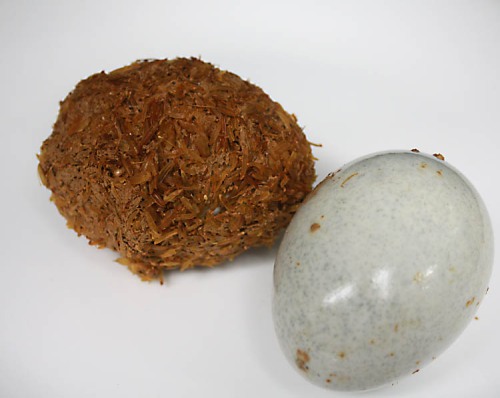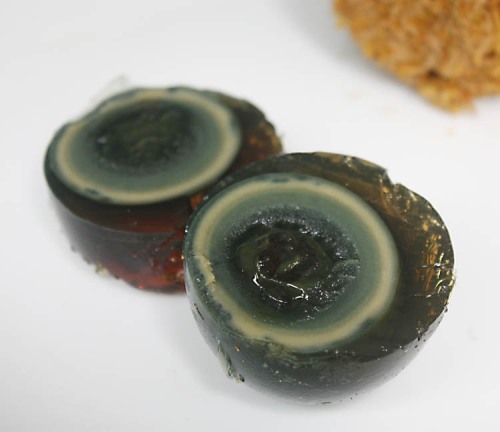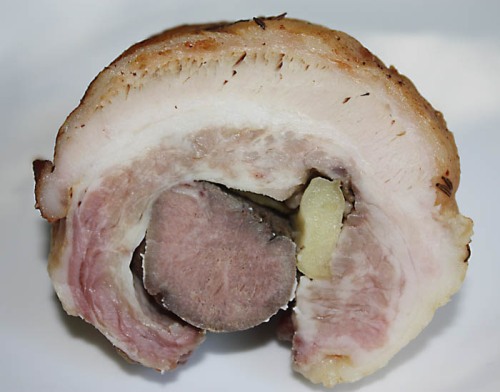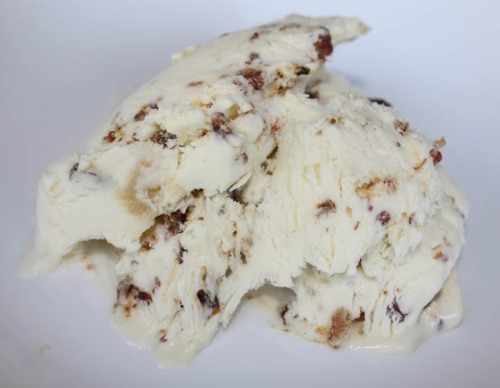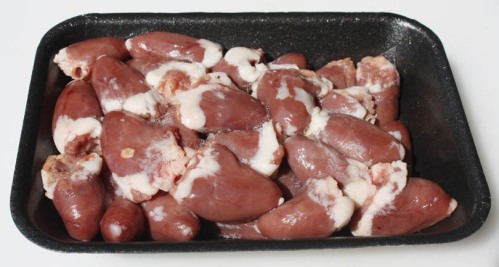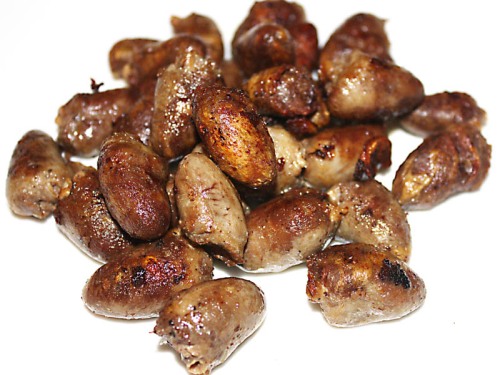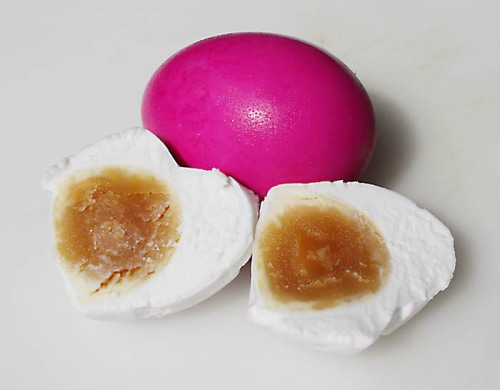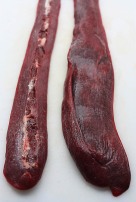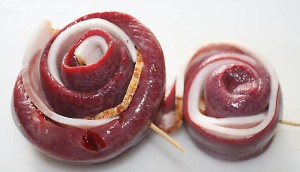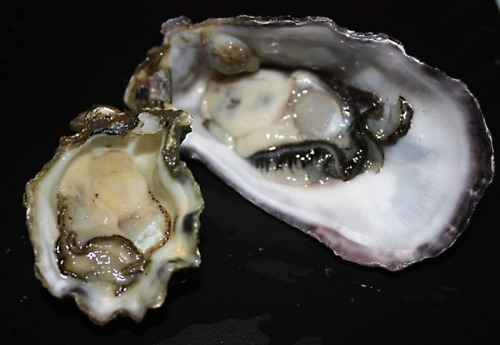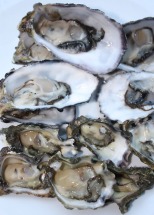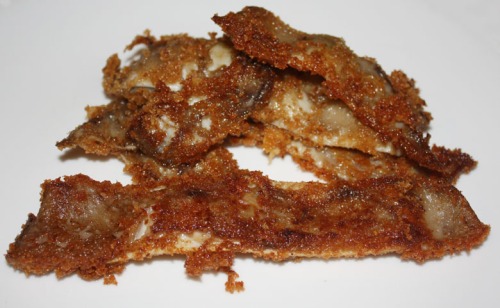‘If it looks good, eat it’.*This is all about food. Anything that takes my fancy will appear here. There will be an emphasis on things that most people won’t eat.
I’m really good at eating, but I have a lot to learn about cooking and food photography. I hope you’ll join me in my journey.
*(Andrew Zimmern, Bizarre foods)
-
Previous posts
- Chicken and pork, a chiporken?
- Camel pie
- Preserved Duck Egg
- Pork, tongue in cheek.
- maple bacon chip icecrean
- Chicken hearts
- Salted Duck Eggs
- Rolled pig’s spleen
- Sydney rock oysters vs Pacific oysters
- Crispy pigs ears
- Chivito sandwiches from Uruguay
- Tripe and onions
- Stuffed lambs’ hearts
- Blood Sausage (black pudding)
- Duck tongues
- Coat of Arms (emu and kangaroo) Pie
- Pork cheeks
- Pork tongue
- Beef tendons
- Slow cooked goat shanks
- Red Dacca bananas
- Award winning gourmet sausages
- Cooking balut
- Roast Bone Marrow and Parsley Salad
- Beef tongue
- Kiwi berry
- Wildfoods festival Hokitika NZ
- Achacha…The Honey Kiss
- Eating limpets
- Pigs feet or trotters
- Quail egg and prosciutto appertiser
- Costus flowers in salads
- Crocodile casserole
- Crocodile and kangaroo mixed grill for Australia Day
- Kina (sea urchin) and soft shell crab sushi
- Hamburger pie
- Mixed Roast. Pork, lamb and beef.
- Beef cheeks
- Torch ginger flower
- Chicken Gizzards
- Turducken
- Little neck clams or cockles
- Fleurs Place, Moeraki, NZ
- Haggis, mutton bird and black pudding.
- Fabulous meat pies
- Lamb liver
- Chocolate pudding fruit
- Lamb neck chops
- Sushi rolls
- Lamb shanks
- Rollmops
- Tamarillos
- Chicken livers
- Osso buco
- Hokitika NZ Wildfoods Festival
- Chitons for dinner?
- (no title)
- Pork knuckle
- Fish head soup
Categories
Blogroll
Blog Stats
- 122,431 hits
- appertisers bacon bakery beef beef cheeks bush tucker camel casserole chicken chops chowder clam cooking cream crocodile dessert duck edible flowers eggs fish flowers food fruit garnish ginger goat Gourmet sausage haggis hamburger lamb lambs fry liver meat meat pie mussels New Zealand offal pie pork pork bellies pork crackling poultry quail restaurant roast salad scallops seafood shellfish slow cooker sushi tongue turkey Uncategorized wild foods
-
Join 101 other subscribers
Where are you?

